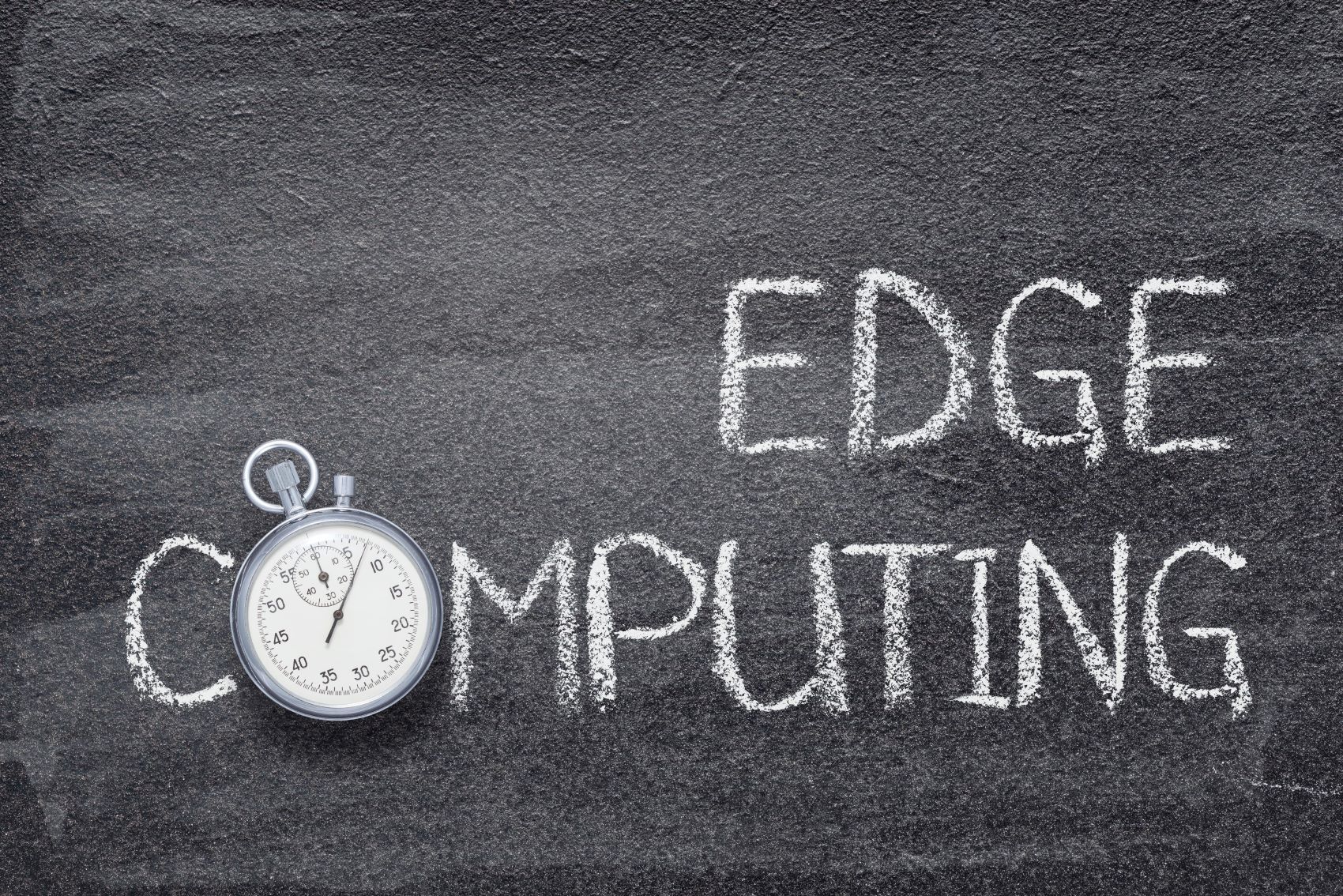WWW.INFORMATIONWEEK.COM
Edge Extending the Reach of the Data Center
Companies are keeping their central data centers, but theyre also moving more IT to the enterprise edge. The result is a re-imagined concept of data center that includes the data center but also subsumes cloud and other edge-computing operations.In this expanded data center model, ITs role hasnt fundamentally changed. It must still implement, monitor and maintain data center operations, no matter where they occur.But since IT staff cant be at all remote locations at once, software and hardware technologies are being called upon to do the job of facilitating end-to-end data center management, no matter where that management is.Technologies to Facilitate Remote Data Center ManagementTo assist IT in managing the expanded data center, tools and technology solutions must do two key things: monitor and manage IT operations, functions and events; and automate IT operations.Here are five technologies that help:System on a chip (SOC). First conceived in the 1970s, system on a chip embeds processing, memory and, today, even security and artificial intelligence on a single chip. The chip powers a device or network endpoint.SOC can appear in a router, sensor, smartphone, wearable, or any other Internet of Things (IoT) device. The original selling point of SOCs was their ability to offload processing from the central data center and reduce latency when processing can be done locally.Related:Now, these SOC routers, devices, and access points come with embedded security that is WPA2/3 compliant and can encrypt data and block DNS attacks or suspicious websites. That security is complemented with AI that aids in threat detection and in some cases, threat mitigation, such as being able to automatically shut down and isolate a detected threat.To use SOC threat detection and mitigation at the edge, IT must:Ensure that the security ruleset on edge devices is in concordance with corporate-wide data center security policies; andEmploy an overarching network monitoring solution that can integrate the SOC-based security with central data center security and monitoring so every security action can be observed, analyzed, and mitigated from a single pane of glass in the central data center.Zero-trust networks. Zero-trust networks trust no one with unlimited access to all network segments, systems, and applications. In the zero-trust scheme, employees only gain access to the IT resources they are authorized for.Users, applications, devices, endpoints, and the network itself can be managed from a central point. Internal network boundaries can be set to allow only certain subsets of users access. An example is a central data center in Pittsburgh with a remote manufacturing plant in Phoenix. A micro network can be defined for the Phoenix plant that can only be used by the employees in Phoenix. Meanwhile, central IT has full network management, monitoring, and maintenance capability without having to leave the central data center in Pittsburgh.Related:Automated operations. Data and system backups can be automated for servers deployed at remote points, whether these backups are ultimately rerouted to the central data center or a cloud service. Other IT functions that can be automated with guidance from an IT ruleset include IT resource provisioning and de-provisioning, resource optimization, and security updates that are automatically pushed out for multiple devices.Its also possible to use remote access software that allows IT to gain control of a users remote workstation to fix a software issue.Edge data centers.Savings in communications can be achieved, and low-latency transactions can be realized if mini-data centers containing servers, storage and other edge equipment are located proximate to where users work. Industrial manufacturing is a prime example. In this case, a single server can run entire assembly lines and robotics without the need to tap into the central data center. Data that is relevant to the central data center can be sent later in a batch transaction at the end of a shift.Related:Organizations are also choosing to co-locate IT in the cloud. This can reduce the cost of on-site hardware and software, although it does increase the cost of processing transactions and may introduce some latency into the transactions being processed.In both cases, there are overarching network management tools that enable IT to see, monitor and maintain network assets, data, and applications no matter where they are. The catch is that there are still many sites that manage their IT with a hodgepodge of different types of management software.A single pane of glass. At some point, those IT departments with multiple network monitoring software packages will have to invest in a single, umbrella management system for their end-to-end IT. This will be necessary because the expanding data center is not only central, but that could be in places like Albuquerque, Paris, Singapore and Miami, too.ITs end goal should be to create a unified network architecture that can observe everything from a central point, facilities automation, and uses a standard set of tools that everybody learns.Are We There Yet?Most IT departments are not at a point where they have all of their IT under a central management system, with the ability to see, tune, monitor and/or mitigate any event or activity anywhere. However, we are at a point where most CIOs recognize the necessity of funding and building a roadmap to this uber management network concept.The rise of remote work and the challenge of managing geographically dispersed networks have driven the demand for network management system (NMS) solutions with robust remote capabilities, reports Global Market Insights, adding, As enterprises increasingly seek remote network management, the industry is poised for substantial growth.
